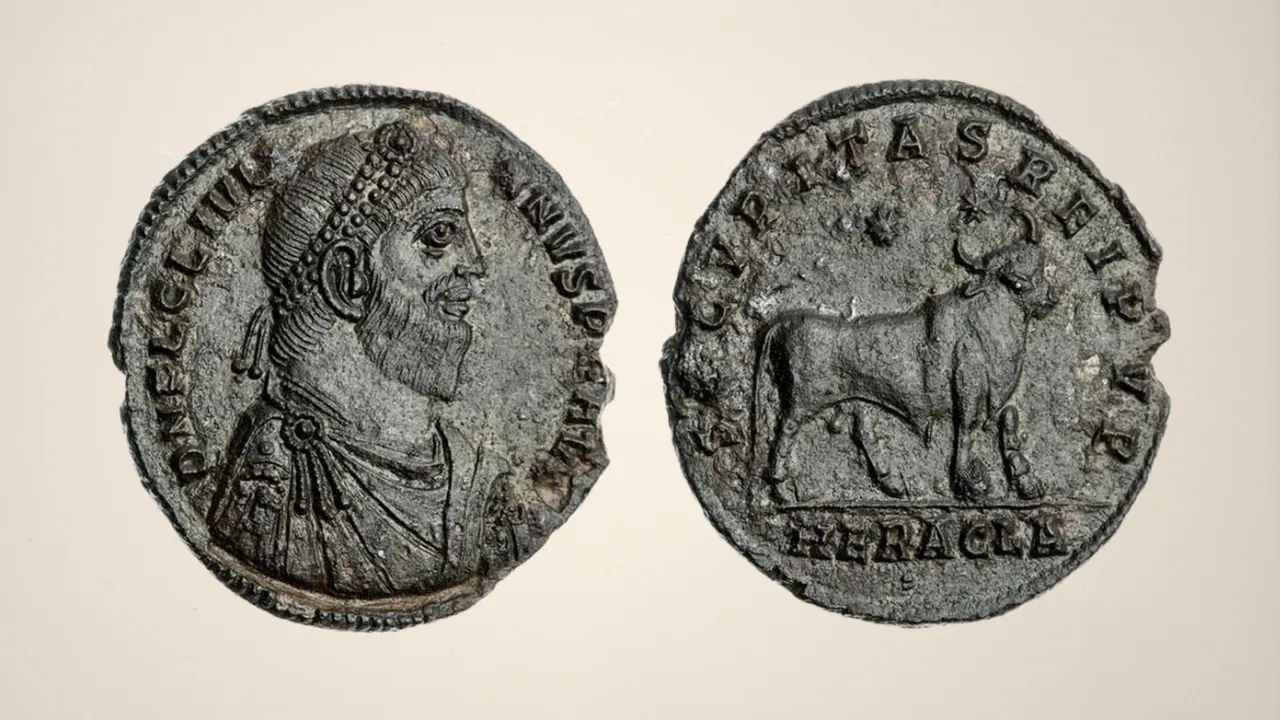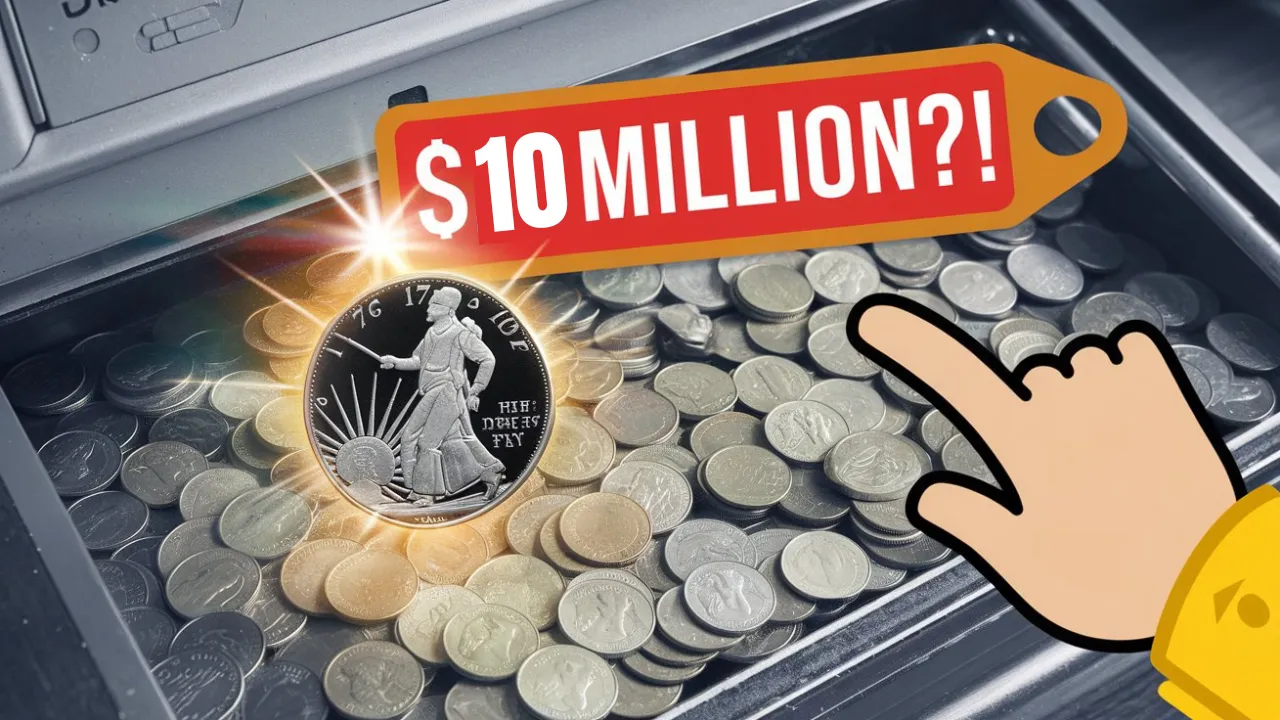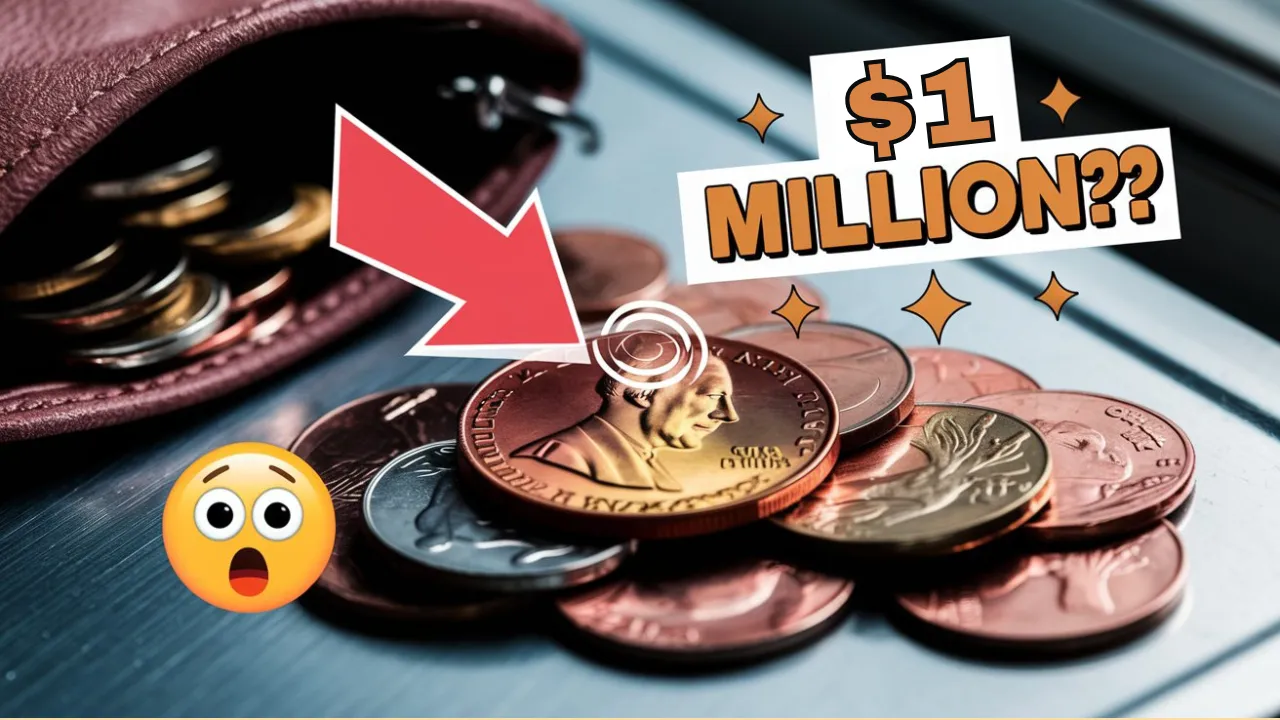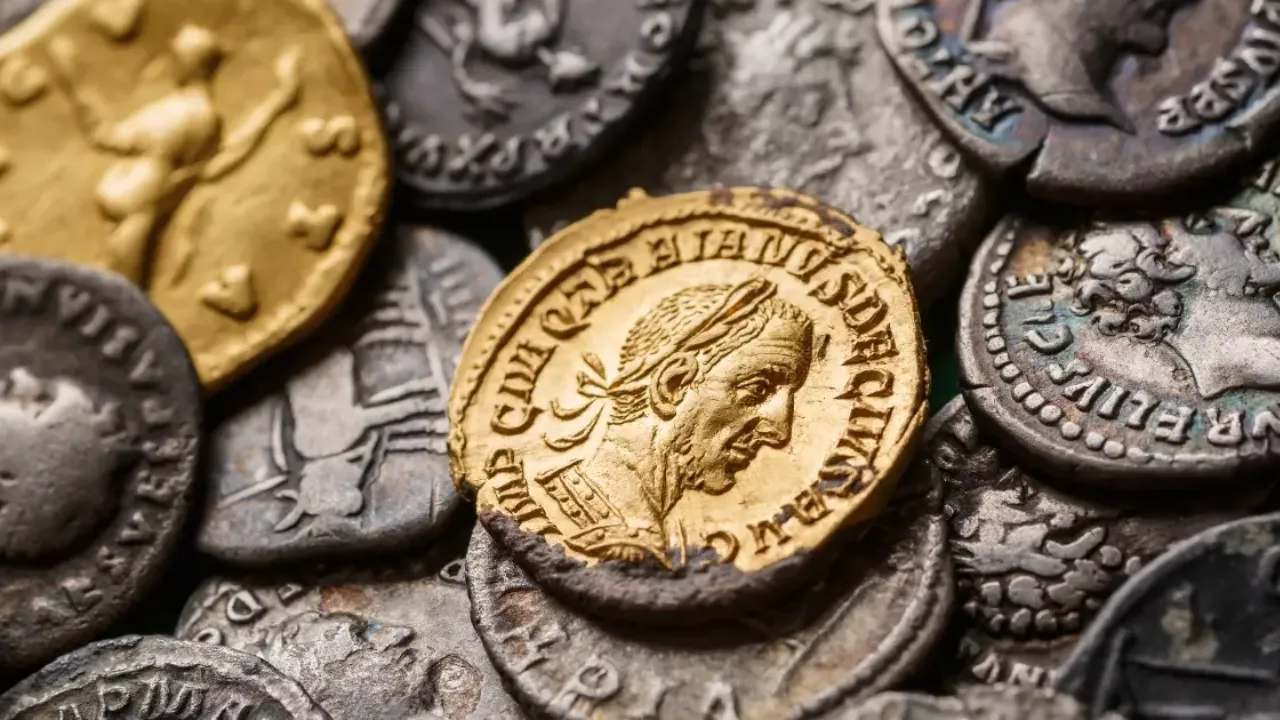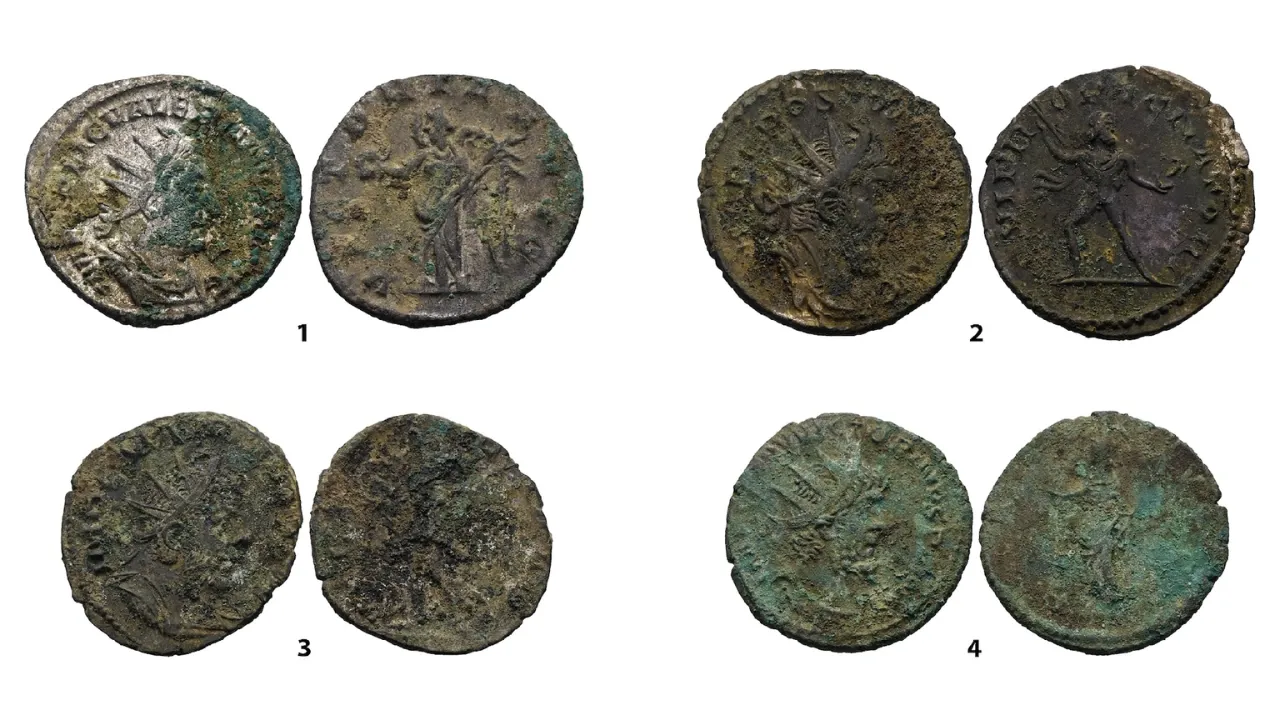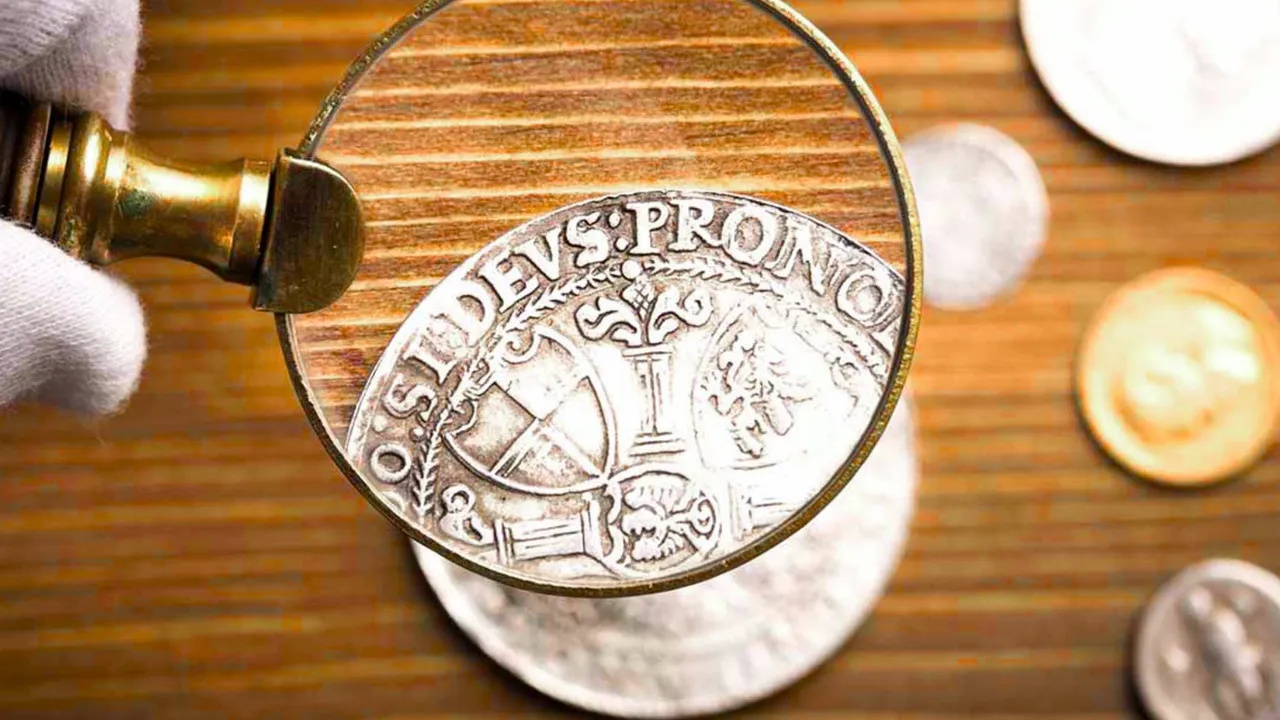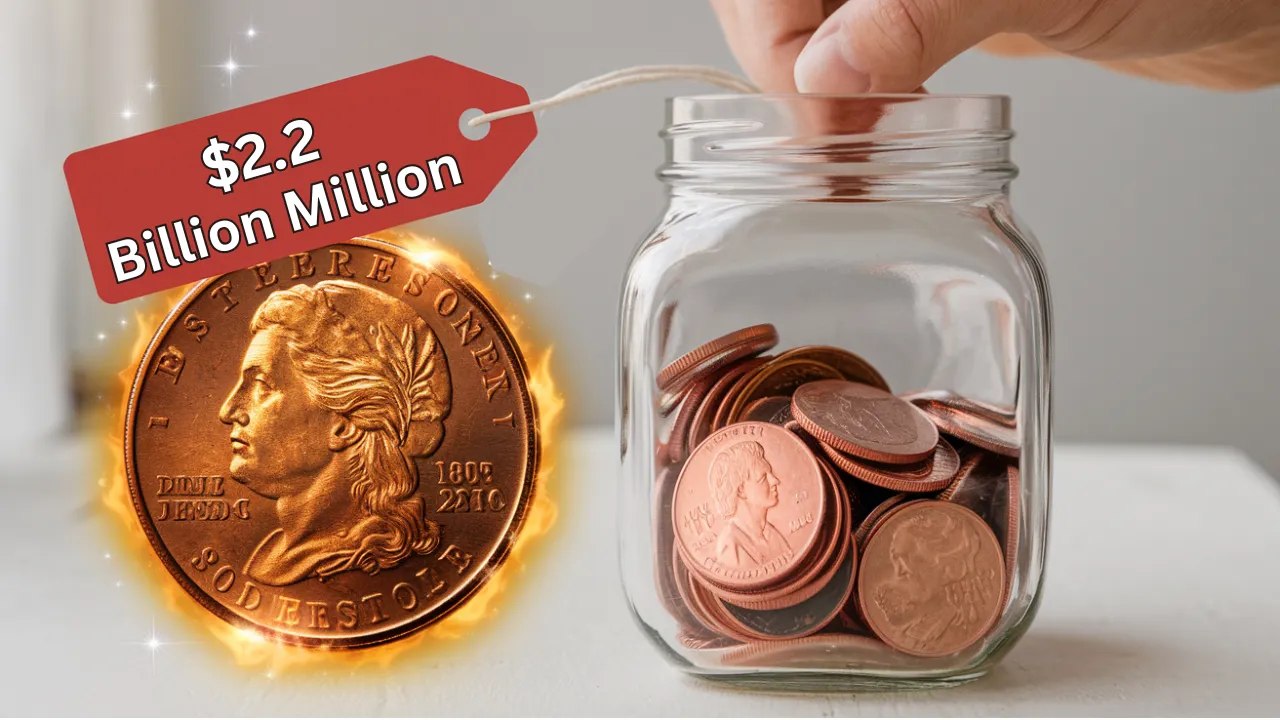The Propaganda of Roman Coins: The Propaganda of Roman Coins reveals a fascinating chapter in history where currency served a purpose far beyond economic transactions. These small pieces of metal were not just tools of trade but powerful political instruments, carrying messages crafted to influence public perception. From showcasing imperial power to celebrating military victories, every coin was a silent messenger of authority and control.
In this article, we’ll explore how Roman coins became a medium of propaganda, examining their evolution, the messages they conveyed, and their impact on society. From Julius Caesar’s bold move of placing his portrait on coins to Augustus’ symbolic depictions of military triumphs, we’ll uncover the strategies behind these ancient artifacts and their role in shaping the Roman Empire.
Overview Table: Key Highlights of Roman Coin Propaganda
| Aspect | Details |
| Purpose of Propaganda on Coins | To spread political messages, reinforce loyalty, and maintain the emperor’s authority. |
| First Roman Coins | Introduced in the late 4th century BCE as aes rude (rough bronze). |
| Julius Caesar’s Innovation | First living Roman to feature his portrait on coins. |
| Augustus’ Coin Imagery | Emphasized youth, stability, and military strength. |
| Military Themes | Symbols of victories, conquered territories, and war trophies. |
| Impact on Society | Daily use ensured consistent exposure to imperial messages. |
The Birth of Roman Coinage and Its Purpose
The origins of Roman coinage date back to the late 4th century BCE with the introduction of aes rude—crude pieces of bronze used for trade. Before coinage, Rome relied on livestock and barter systems, as reflected in the Latin word for money, pecunia, derived from pecus (cattle).
However, as Rome’s trade with Greek colonies increased, the need for a standardized medium of exchange grew. Coins became not only a means of trade but also a tool for spreading state-controlled messages. Unlike livestock, coins were portable, durable, and ideal for reaching large populations. Roman leaders soon recognized their potential for mass communication and propaganda.
Why Propaganda Found a Home on Roman Coins
In the absence of modern communication tools like newspapers or social media, Roman coins served as miniature billboards. Every citizen, soldier, and trader who handled these coins would repeatedly see the same symbols and messages, subtly reinforcing loyalty to the emperor and trust in the state.
The propaganda on Roman coins was designed to:
- Strengthen the emperor’s image as a powerful and divine leader.
- Celebrate military conquests and showcase Rome’s dominance.
- Unite the empire under shared symbols and values.
This strategic use of coins ensured that every piece of currency doubled as a tool of political influence.
Julius Caesar: The Revolutionary Step in Coin Imagery
One of the most significant turning points in The Propaganda of Roman Coins was Julius Caesar’s bold decision to place his own portrait on Roman currency. Prior to this, coins typically featured gods, goddesses, or symbolic imagery. Caesar broke away from tradition, becoming the first living Roman to feature on coins.
This act was not a mere display of vanity—it was a calculated political strategy. By placing his image on coins, Caesar was able to:
- Solidify his authority and claim divine status.
- Create a personal connection with citizens across the empire.
- Influence public perception and project power.
Caesar’s innovation set a precedent for future emperors, transforming coins into direct extensions of imperial authority.
Augustus: Mastering the Art of Coin Propaganda
Augustus, Rome’s first emperor, refined the use of coin propaganda to perfection. His coins consistently depicted him as youthful, strong, and god-like, projecting an image of eternal stability and leadership.
One iconic example is a coin celebrating the Battle of Actium (31 BCE), where Augustus defeated Antony and Cleopatra. The coin’s reverse side showcased a triumphal arch, symbolizing Rome’s military might and Augustus’ victory.
Through such imagery, Augustus’ coins:
- Reinforced confidence among Roman citizens.
- Sent warnings to enemies about Rome’s unstoppable power.
- Symbolized stability and continuity under his rule.
Augustus mastered the visual language of propaganda, ensuring that every coin bearing his image told a story of triumph and authority.
Military Power on Roman Coins: Symbols of Victory
Military successes were a recurring theme in Roman coin propaganda. From depicting captured territories to showcasing war trophies, these coins served as both reminders of victories and warnings to enemies.
Common military symbols on Roman coins included:
- Laurel wreaths, symbolizing victory and honor.
- Trophies and weapons, representing conquered enemies.
- Triumphal arches, celebrating significant military achievements.
These designs were not random—they were carefully chosen to evoke pride, loyalty, and fear among those who held the coins. Every military symbol acted as a reminder of Rome’s invincibility and the emperor’s pivotal role in securing peace and dominance.
The Enduring Legacy of Roman Coin Propaganda
The propaganda of Roman coins remains a testament to the strategic brilliance of ancient Roman leaders. These coins offer historians a unique insight into the political ideologies, ambitions, and insecurities of Rome’s emperors.
Over time, as power shifted and new rulers emerged, coin imagery evolved, reflecting the changing priorities of each era. However, the core purpose remained the same: to control perception, inspire loyalty, and project power.
Today, these coins are more than historical artifacts—they are timeless reminders of how rulers have always found innovative ways to communicate their messages to the masses.
FAQs About The Propaganda of Roman Coins
1. Why did Roman emperors use coins for propaganda?
Roman coins were widely circulated, making them an effective tool for spreading political messages across the empire.
2. What was Julius Caesar’s contribution to coin propaganda?
Julius Caesar was the first living Roman to place his portrait on coins, using them to project power and influence public opinion.
3. How did Augustus use coin imagery?
Augustus portrayed himself as youthful and strong while celebrating military victories on coins to inspire loyalty and fear.
4. What symbols were commonly seen on Roman coins?
Military symbols, laurels, trophies, and triumphal arches were commonly featured to celebrate victories and project power.
5. What can modern society learn from Roman coin propaganda?
Roman coins demonstrate the power of consistent messaging and visual symbols in influencing public perception.
Final Thoughts
The Propaganda of Roman Coins showcases how ancient Rome combined art, power, and strategy into something as ordinary as currency. Every coin was more than just money—it was a messenger, carrying carefully curated messages of authority, strength, and victory.
If you ever get the chance to visit Winchester City Museum, take a closer look at their collection of Roman coins. Each coin is a piece of history, whispering stories of ambition, power, and legacy.
Share your thoughts in the comments and let us know which Roman coin fascinates you the most!
